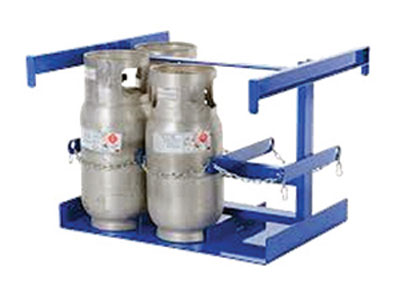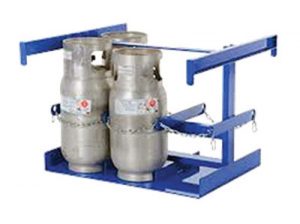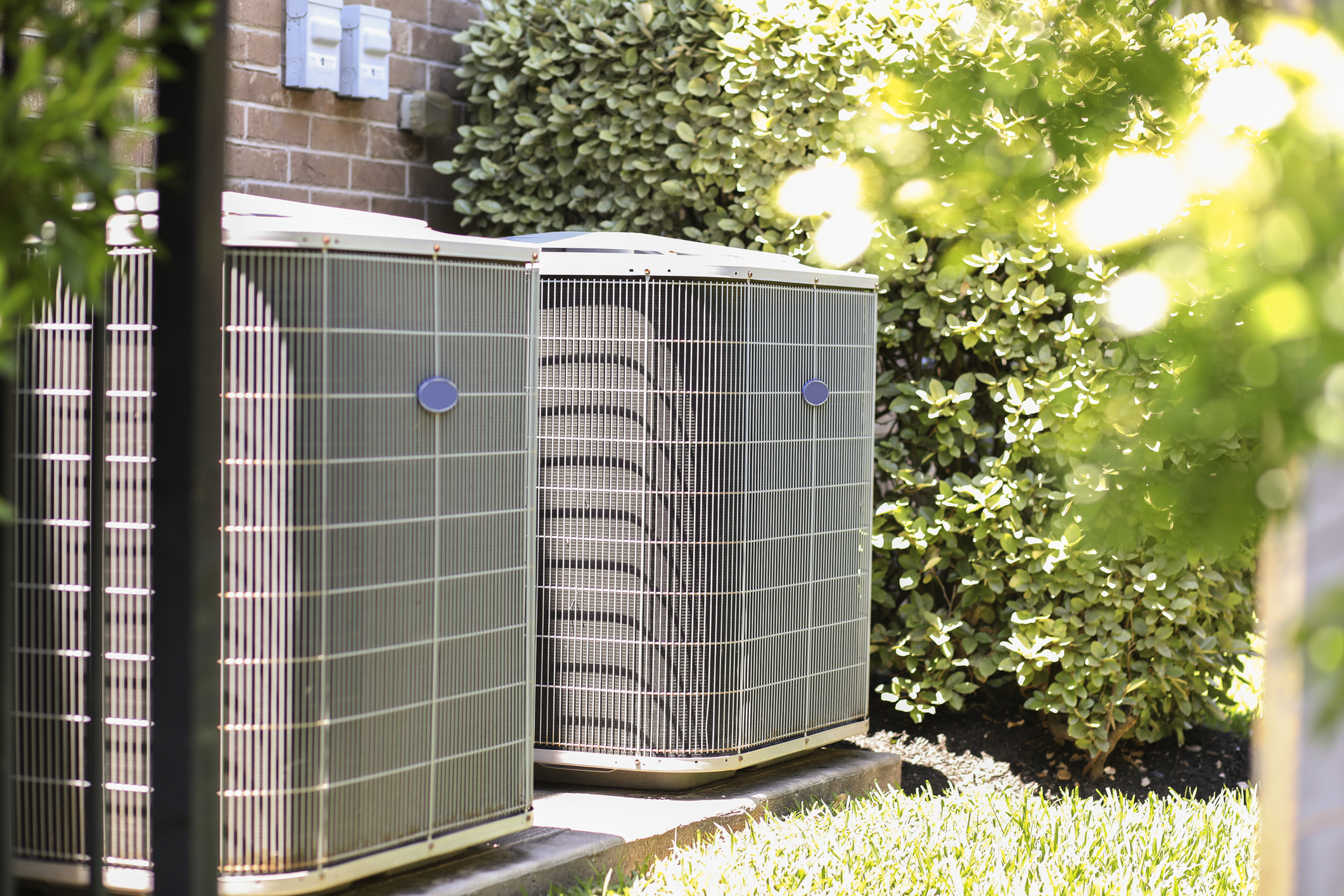
News
Safe Storage of Flammable Refrigerants
The Phasedown of Hydrofluorocarbons “HFCs” is upon us, and it will change how refrigerants are handled, transported, and stored. While a great deal of information has been shared concerning the safe use and transport of flammable refrigerants, little attention has been given to the new storage requirements. Standards and codes for the safe storage of flammable refrigerants will require more space, more sensors, and more safety protocols.
 Background
Background
When the President signed the “The American Innovation and Manufacturing Act” or AIM ACT, part of the “Consolidated Appropriations Act, 2021”, it established the framework for the transition from HFCs to the next generation refrigerant technologies. As a result, HFC production and consumption will be phased down by 85 percent over a 15-year period beginning January 1, 2022. The industry will begin to see new equipment made to work with Low Global Warming Potential (GWP) Refrigerants in 2023, with a likely phaseout of R-410A equipment in 2025.
Low GWP Refrigerants are classified by ASHRAE as A2L or slightly flammable, and A3 or highly flammable. As with any gas, either flammable or non-flammable, the refrigerant concentration limit (RCL), safety classification, size of the storage space, and the risk mitigation systems installed will dictate how many total cubic feet of a refrigerant may be stored in a location. It is this last part where facilities storing large quantities of refrigerant (wholesalers, schools, contractors) will need to place emphasis first. It may require substantive changes to your facility to meet new standards for the safe storage of flammable refrigerants.
It is common for HVACR wholesales to stack refrigerant cylinders in the showroom, and for schools to lock refrigerants up in a storeroom or cabinet. New refrigerants will require all facilities to undergo a self-evaluation of its facility against the new codes and standards. To assist everyone in the transition, the ESCO Institute has provided some of the storage considerations included in their new text Low GWP Refrigerant Safety.
From the Text
Some examples of mitigation systems are room sensors, mechanical ventilation, and sprinkler or fire suppression systems. The total allowable storage volume limits include both refrigerants stored in tanks as well as in pre-charged equipment. The following is a partial list of code requirements, manufacturer recommendations, and industry best practices for storing 2L refrigerants. Always defer to local building codes and the authority having jurisdiction for exact storage requirements and guidelines:
Cylinders must be stored in the upright position so that the pressure relief device is in contact with the vapor space of the cylinder.
Standards and codes limit the storage of flammable refrigerants to a specific weight per control area if there is no sprinkler or fire suppression system. That amount can be increased if a sprinkler system is installed. (Refer to OSHA, DOT, and local codes for maximum allowable weight per control area.)
Storage is limited, in part, by the refrigerant concentration limit (RCL). The RCL of the total stored quantity of refrigerant cannot exceed the limits allowed for the total volume of the storage area.
New refrigerant sensors, referred to as active sensors, must be installed in warehouse or storage spaces. Older room sensors used in conjunction with A1 refrigerants were referred to as passive room sensors, which simply sounded an alarm to alert occupants to the presence of a refrigerant leak. Standards now call for an active sensor, which not only sounds an alarm, but can also activate mechanical ventilation, force equipment pump down, de-energize a system completely, or a combination of mitigation responses using control logic electronics.
The Occupational Safety and Health Administration (OSHA) requires that if flammable refrigerant cylinders are to be stored in an enclosure, the enclosure be secure and ventilated. They cannot be enclosed in confined spaces, containers, or lockers.
The National Fire Protection Association (NFPA) fire safety storage requirements mandate that a storage facility must:
- have a permit from a local fire code official;
- have no open flames, high temperature devices, or combustion appliances in the storage area;
- post visible hazard identification signs around the storage area (NFPA 704 placard);
- post “No Smoking” signs within a certain distance of the storage area;
- maintain a Hazardous Materials Management plan for the site;
- maintain a Hazardous Materials Inventory Statement onsite;
- maintain the SDS sheets for each type of gas stored onsite.
Summary
These are a few of the new guidelines established for the safe storage of Low GWP Refrigerants. To assure a safe transition to A2L and A3 refrigerants, it is important that all stakeholders take the time to learn about the safe handling, storage, and transportation of these Low GWP Refrigerants.
Additional Resources
To help all stakeholders understand the transition, the ESCO Institute is offering a free online course. This course provides an overview of the important aspects associated with the industry transition to Low GWP Refrigerants (A2L’s). To get view the free course and earn a continuing education certificate, visit https://hvacr.elearn.network/ and view the instructor courses.
ESCO proctors are encouraged to login to their proctor portal and visit the resource center. Here they can view a complete copy of the Low GWP Refrigerant manual. Specific information on safe storage of flammable refrigerants begins on page 39.














